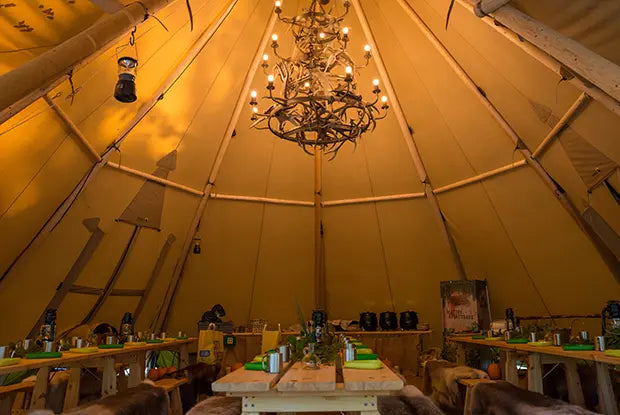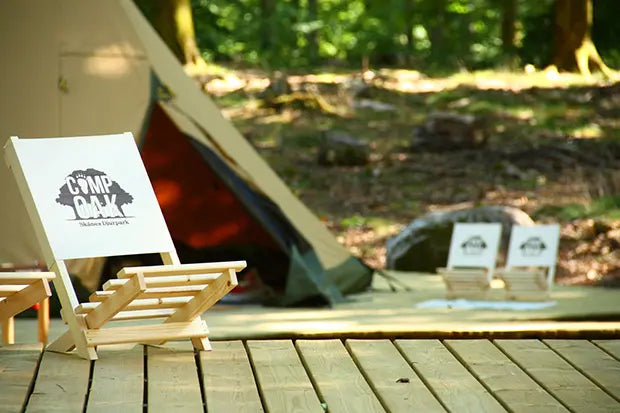Wouldn't it be exciting to spend the night right in the middle of a zoo? – That is exactly what you can do at Skånes Djurpark, a wildlife park in southern Sweden. At their campsite, Camp Oak, you stay in the park after it closes and will make yourself at home in a Nordic tipi from Tentipi. When the night comes you might just fall asleep to the wolves’ howls.
Skånes Djurpark is a Wildlife Park with a long history, it dates back to 1952. It focuses on animals from the Nordic area and has always lived by the ruling with “no animals in cages”. The animals live in large paddocks that recreates the animals’ natural environments.
In 2015, the Lund Group, a Norwegian family-owned company took over the park and has since invested a lot of resources to relaunch the park as a top destination park that also offers lodging opportunities to the guests.
Skånes Djurpark wanted a concept where they owned the whole customer experience. From the moment that they get there to the moment when they leave. They settled on a package with a two-day admission to the park with an all-inclusive stay at Camp Oak.

We did not want a traditional campsite or hotel, we wanted something uniqueGlenn André Viste Bøe, CEO of Skånes Djurpark
Explorers in the park
Skånes Djurpark tailors the experience to fit best for families with kids up to the age of ten. When a family books a stay and arrives at Camp Oak they first get to drop off all their luggage at Base Camp. After that, the kids get all geared up so that they become explorers. That is what the park calls its guests. They get a checklist, pen and most importantly their own set of binoculars.
The park has over 50 animal species from all over the Nordic region, here you can find wolves, brown bears, elks, foxes, wild boars, seals, deers and much more.
There are also obstacle courses, a water slide with a water play area, an adventure trail nine meters above the ground in the trees and a Shaun the Sheep land. There you can meet Shaun the Sheep and his friends from the popular TV series, and you will also have the chance to ride the tractor ride.
After an intensive first day exploring the park, the guests arrive at Camp Oak and get to settle in in their Nordic tipi. There are ten tipis in total, eight Safir 9, and two Safir 15. They are all pitched on wooden decks and furnished with comfortable beds, reindeer hides, a radiator for extra heat and everything else that you might need for the night’s stay. The tipi and area around it are installed with a smart lighting system that can be controlled from a remote.
The guests get to prepare their own food and grill their own burgers in an outdoor kitchen outside of the Nordic tipis. The families get meal-kits that are prepped and easy to make, with everything they need to have a good meal.
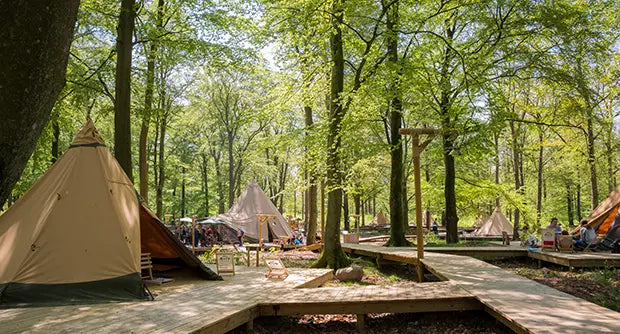
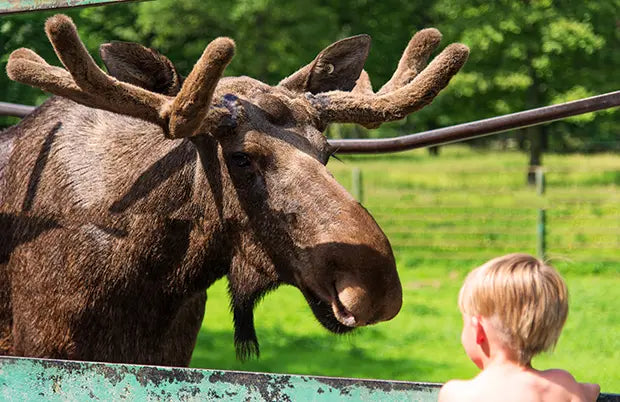
All they need to bring is a change of clothes and a lust for an adventureGlenn André Viste Bøe
Sleep in a Nordic tipi
It was not a difficult choice to go with Tentipi tents for Camp Oak at Skånes Djurpark. They had the quality that they needed and fitted in well with the “close to nature feel” that they wanted at the camp.
“Another important aspect for us was the history behind the Tentipi tents. With the Nordic Tipis, and how the Sami and other indigenous peoples have used that type of tent for centuries. The tents are also very visually pleasing”, says Glenn André Viste Bøe.
The tents are pitched on location from early spring to late autumn. They are placed right in the middle of a beech forest and are exposed to all the weather, wind and constant harsh treatment from inexperienced camping guests. Much more wear than what can usually be expected from a tent.
“They go through a lot in a season, and they hold up really well in these unusual circumstances”, says Glenn André Viste Bøe.
Camp Oak is located inside the park, and when the gates close the guests will be able to explore it on their own. After the explorers have had their dinner, they get to join the staff, or the adventurers as they are called here, to join them on an exciting feeding expedition to feed some of the animals. After checkout you are free to roam the park for another full day.
"The guest response of Camp Oak has been phenomenal", says Glenn André Viste Bøe.
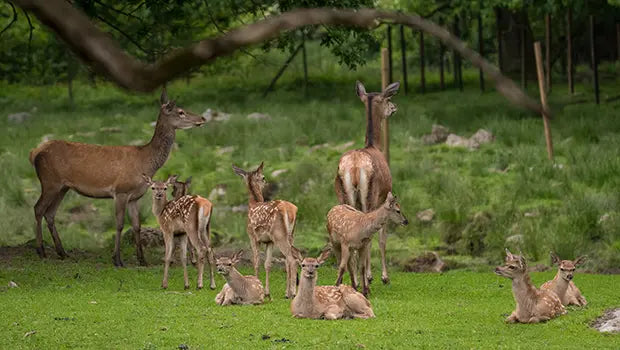
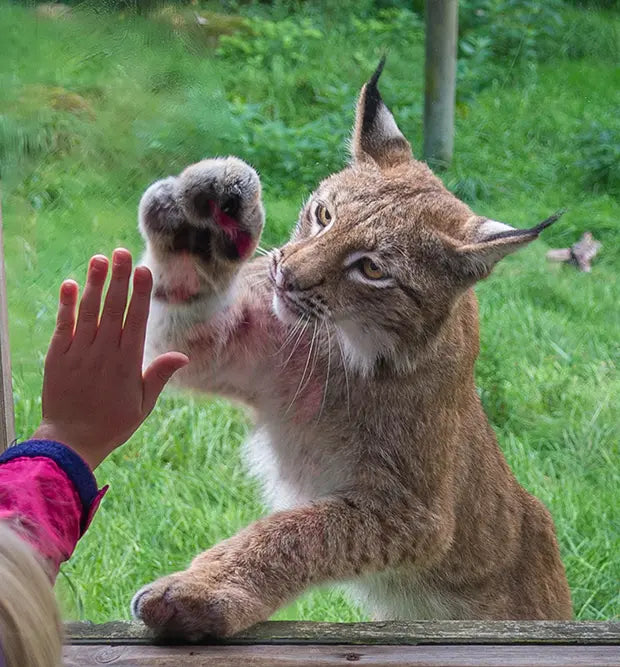
The pandemic has taught us how important it is to spend time with your loved ones. That is very much our core product. You get here, you get to unplug and have some quality timeGlenn André Viste Bøe
The bond between humans and nature
They doubled the lodging revenue between the years 2018-2019, and then five-doubled that in the 2020-season. They have been able to expand with another type of lodging site in 2021 and are planning on a continual expansion in the years to come. Glenn André Viste Bøe is convinced that the “staycation”-trend that exploded under the pandemic will continue to grow when people are more eager to explore areas around them and to get closer to nature.
It has always been important for the park to focus on its mission, which is to create an emotional bond between humans and animals. The park wants to be the spark that creates a lifelong interest in nature and the wildlife that is around them. They mean that if you get that early, the kids will learn to appreciate nature and will take better care of it in the future.
“This is also one of the reasons why the cooperation between Skånes Djurpark and Tentipi works so well. You sleep in a tent right in the middle of the animal’s environment, but in a comfortable way. Laying under the canvas at night you will hear all the sounds of nature. Then you really realize how much alive the forest is at night”, says Glenn André Viste Bøe.
All photos by Skånes Djurpark, all rights reserved.
